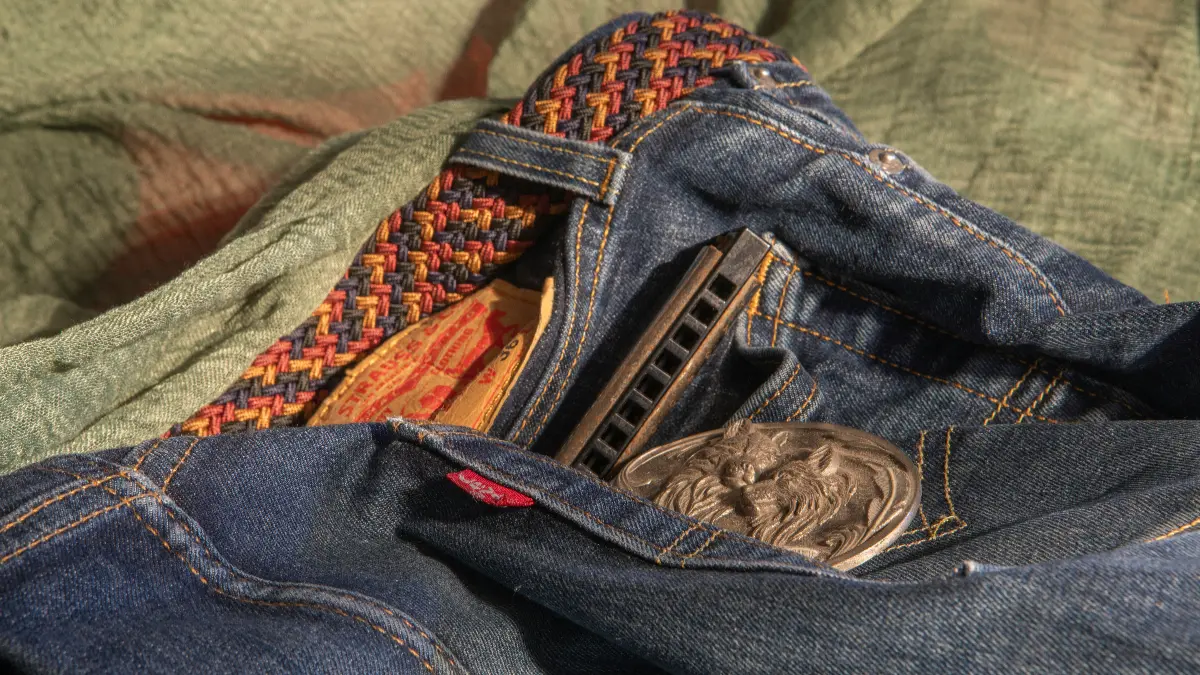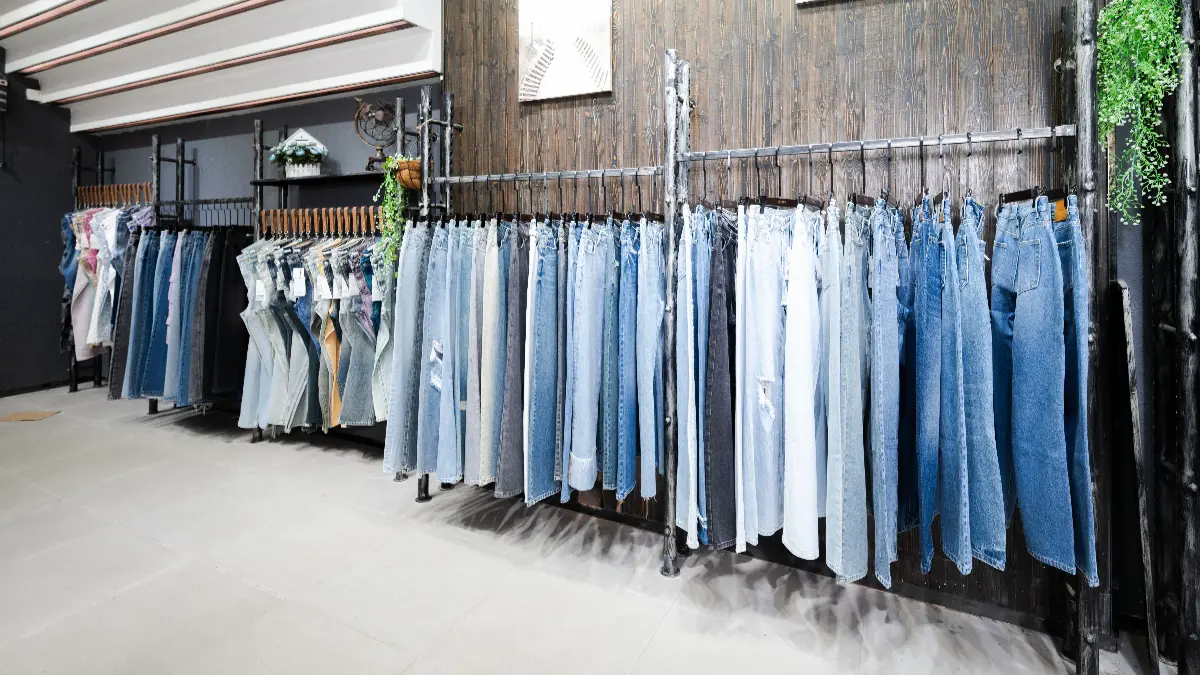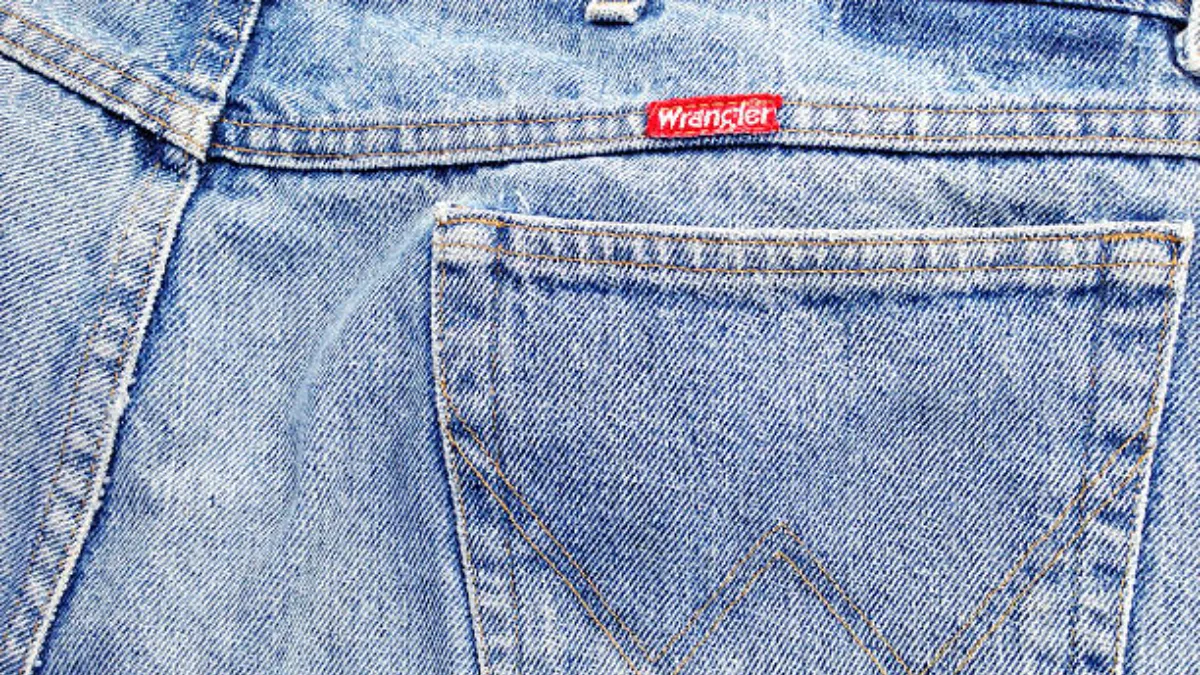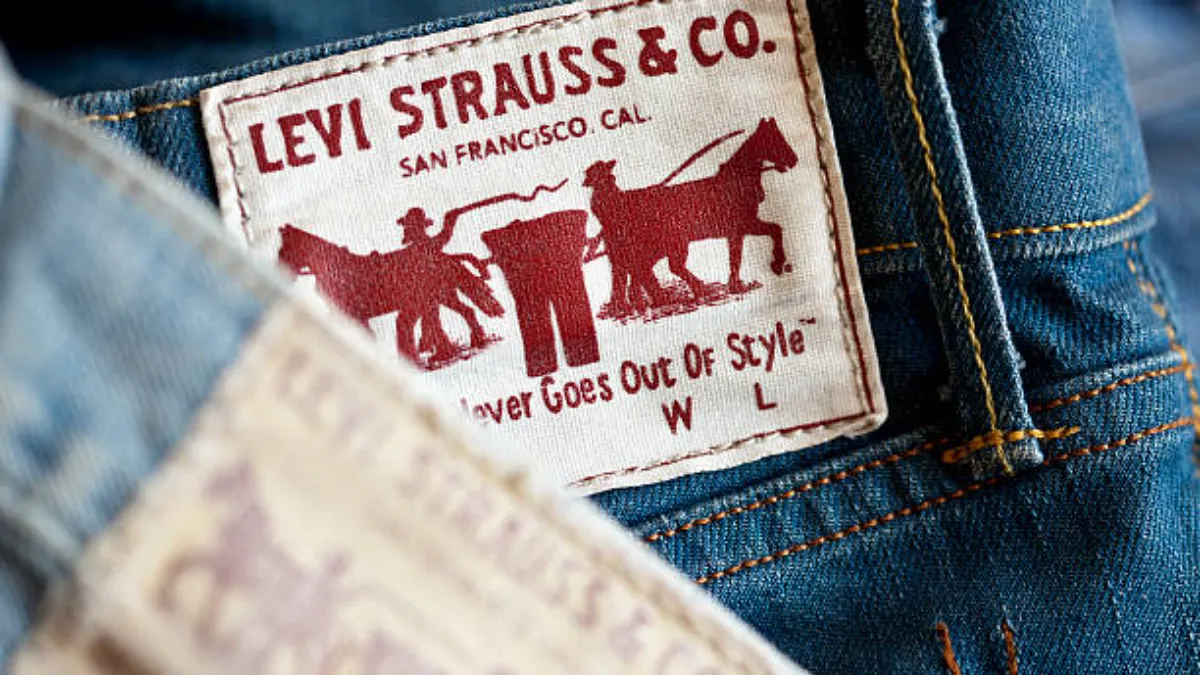Levi’s jeans have been a symbol of American culture and durability for well over a century, but the story behind where these iconic garments are made has shifted dramatically in recent decades.
While originally crafted exclusively in San Francisco and other U.S. locations, Levi’s jeans manufacturing now spans several countries across Asia, Africa, and Latin America. This change reflects broader trends in global apparel manufacturing, balancing cost-effectiveness with evolving consumer expectations.
En este artículo, we’ll explore where Levi’s jeans are made today, uncover the history of their production footprint, and explain the company’s current manufacturing strategy.
Key Insights on Levi’s Jeans Manufacturing
- Levi’s jeans manufacturing has transitioned from a historic U.S.-based production model to a diversified global supply chain across multiple developing countries.
- Premium Levi’s lines maintain some U.S. producción, highlighting the brand’s strategy to blend heritage with modern global manufacturing efficiencies.
The Evolution of Levi’s Jeans Manufacturing
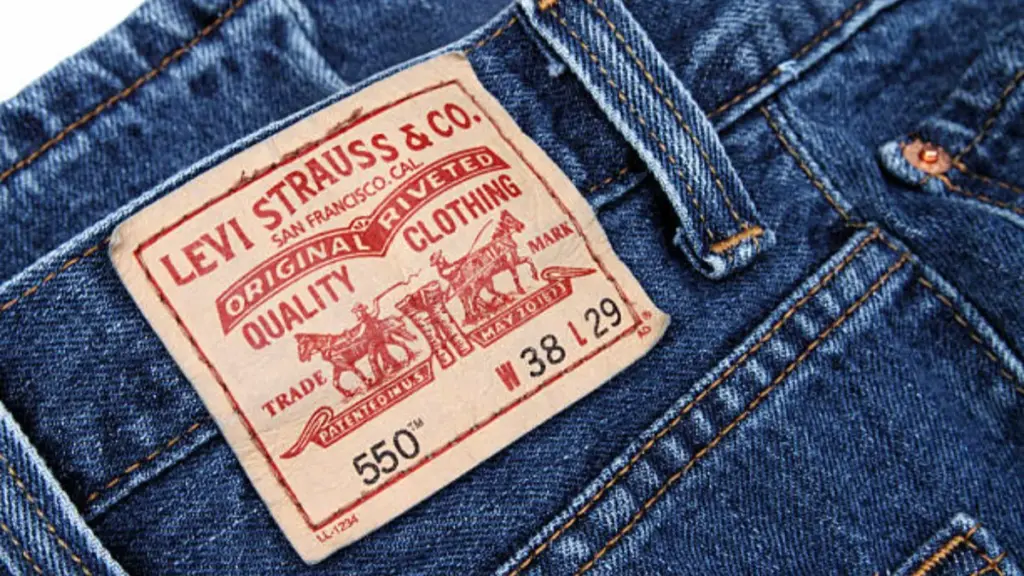
Levi’s jeans are a quintessential American icon, but their manufacturing story is a global one. For roughly 150 years after its founding in 1853, the company produced its famed denim almost exclusively within the United States, with factories dotting the nation from its San Francisco headquarters to locations like San Antonio. This era of domestic production cemented the brand’s reputation for quality and durability, deeply intertwining it with American industrial heritage. Sin embargo, this chapter closed in 2003 with the shuttering of the last U.S. factory, marking a definitive end to mass-market Levi’s jeans being made on American soil.
Why Did Levi’s Move Production Overseas?
Levi’s pivotal shift from U.S.-based to overseas manufacturing was driven by intense economic pressures that reshaped the entire apparel industry. Soaring domestic labor and operational costs made it increasingly difficult to compete on price with brands that had already moved production abroad. The rise of international trade agreements, such as NAFTA, created new, cost-effective pathways for sourcing materials and finished goods from developing nations.
The strategic benefits of this global sourcing model extended far beyond simple cost savings. By diversifying its manufacturing footprint across multiple countries, Levi’s gained significant supply chain flexibility, mitigating risks associated with relying on a single geographic region. This approach also provided access to specialized skills and large-scale production capacities crucial for meeting global demand, a trend that became standard for major apparel brands.
Current Manufacturing Locations for Levi’s Jeans

Hoy, Levi’s operates a highly diversified global manufacturing footprint, primarily outsourcing production to a network of developing countries across Asia, Africa, and Latin America. Key manufacturing hubs include Bangladesh and Vietnam for high-volume denim production, India for its extensive textile and assembly capabilities, and Egypt, which serves as a strategic gateway between continents. This global network allows Levi’s to balance cost-efficiency with the ability to respond to fluctuating market demands and complex logistics.
Additional significant production occurs in countries like Lesotho, which benefits from trade agreements for exporting to the US and Europe, and Sri Lanka, noted for its growing commitment to sustainable manufacturing practices. Mexico also plays a crucial role as a nearshoring partner, offering shorter lead times for the North American market. This strategic geographic distribution ensures a resilient and flexible supply chain capable of outfitting the global demand for its iconic denim.
U.S. Production and Premium Levi’s Lines
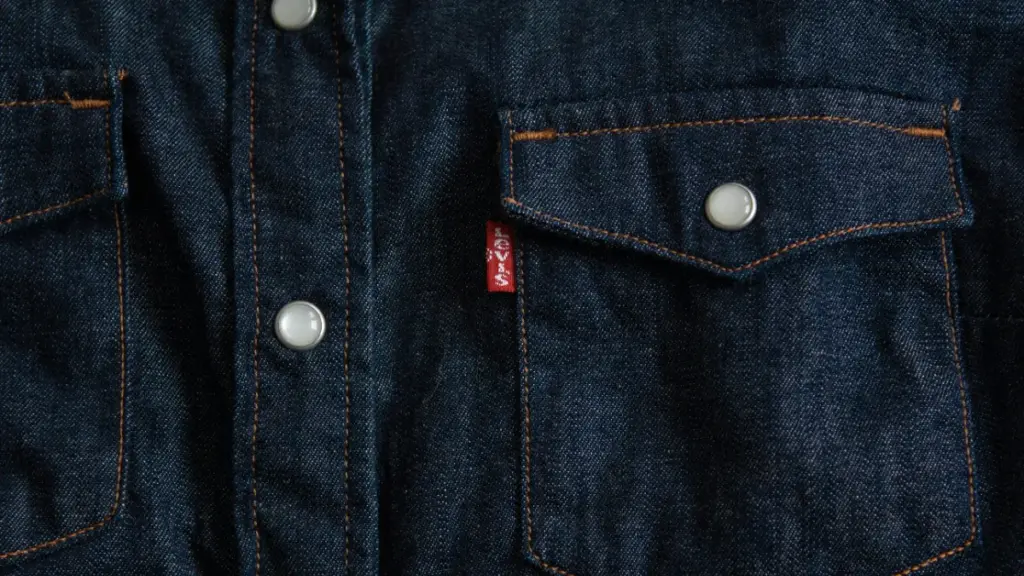
While the era of mass-producing standard Levi’s jeans in the United States ended with the closure of the San Antonio factory in 2003, the brand has strategically reintroduced limited domestic manufacturing for its most exclusive lines. This shift is reserved for premium segments such as the Levi’s Premium collection and the heritage-inspired Levi’s Vintage Clothing line. These products are crafted in the U.S. to emphasize superior craftsmanship, meticulous attention to detail, and the use of high-quality materials, justifying their significantly higher price points and appealing to discerning consumers and denim purists.
This selective approach to U.S. production is a core part of Levi’s modern brand strategy, allowing it to honor its American heritage while operating a cost-effective global supply chain for its core products. By reserving domestic manufacturing for high-margin, low-volume premium items, Levi’s leverages its storied history as a key selling point without sacrificing the economies of scale necessary for mass-market competitiveness.
Levi’s Supply Chain, Sostenibilidad, and Industry Position
Managing a Global Supply Chain
Levi Strauss & Co. manages its extensive global supply chain through a sophisticated multi-tiered network of owned-and-operated facilities and a diverse portfolio of contract manufacturers. This complex logistical operation is overseen by dedicated sourcing and supply chain teams who coordinate everything from raw material procurement to final garment assembly and distribution.
The company leverages its scale to optimize production flow, manage lead times, and mitigate risks inherent in international manufacturing and shipping. To ensure consistency and uphold its brand reputation, Levi’s implements rigorous quality control protocols and enforces strict compliance with its Global Sourcing and Operating Guidelines and the Terms of Engagement for suppliers.
These standards mandate ethical labor practices, safe working conditions, and environmental responsibility, which are verified through a combination of internal audits and third-party monitoring programs. This structured oversight is crucial for maintaining product integrity and social accountability across dozens of factories in different countries and regulatory environments.
Sustainability Efforts in Manufacturing
Levi Strauss & Co. has implemented significant sustainability initiatives to mitigate the environmental impact of its global denim production. The brand is renowned for its Water<Less® finishing techniques, which have saved billions of liters of water, and its commitment to incorporating more sustainable materials like recycled cotton and polyester into its fabrics.
When contrasted with industry peers like Gap Inc., which also runs comprehensive sustainability programs, Levi’s often distinguishes itself through its deep heritage of advocacy and its targeted, innovation-driven approach to reducing water and chemical usage. While both brands publish detailed sustainability reports and aim for circularity, Levi’s frequently leverages its brand authority to pilot groundbreaking techniques, such as its FLX laser-finishing technology, setting a benchmark for eco-conscious denim manufacturing that others in the sector often follow.
Positioning Among Competitors
Levi’s leverages its unparalleled heritage as the originator of blue jeans to maintain a distinct market position, often competing on brand legacy and authenticity rather than price alone. En contraste, competitors like Lee and Wrangler (a Kontoor Brands subsidiary) historically focused more on value and workwear, while modern fast-fashion and retail giants like Gap Inc. compete on trend speed and accessibility.
This heritage allows Levi’s to command a premium and justify selective U.S. production for its high-end lines, a strategy less common among its direct rivals. Current market challenges include intense competition from both value-oriented brands and ultra-fast fashion retailers in key emerging markets, which are crucial for growth.
Sin embargo, these same regions also present a significant opportunity to capitalize on rising disposable incomes and the aspirational value of owning a iconic, heritage American brand. Levi’s strategy involves balancing its mass-market global supply chain with its premium, domestically produced offerings to appeal to a broad spectrum of consumers worldwide.
Partner with Changhong: Flexible Denim Manufacturing
Scale your denim brand with Changhong Garment’s tailored OEM/ODM services. Benefit from fast sampling, flexible order sizes starting at 500 pieces, trend-forward designs, and compliance with global standards. Whether you’re a startup or an established retailer, unlock quality denim production with competitive pricing and sustainable fabric options.
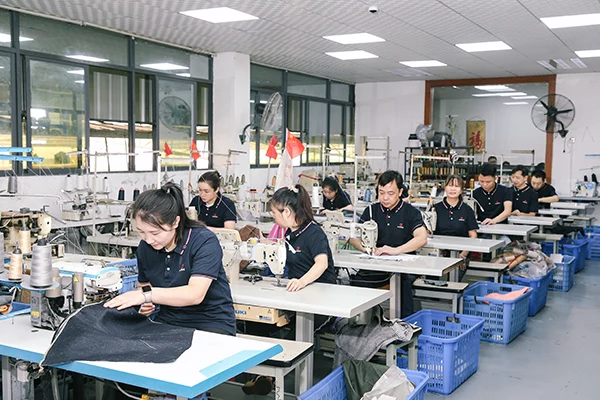
Conclusión
Levi’s has shifted from U.S.-based mass production to a global supply chain, balancing cost, calidad, and sustainability. While premium lines celebrate American craftsmanship, their global production meets diverse consumer demands. If you’re looking for flexible, high-quality denim manufacturing, Changhong offers tailored solutions to fit your brand’s needs. Contact us today to start your custom order and elevate your denim production!
Frequently Asked Questions
Are Levi’s jeans made in the USA?
No, while Levi’s jeans were originally made in the USA, today only a small portion of Levi’s jeans are still produced there. Levi’s has factories in California and other parts of the U.S., but most production now occurs in countries with lower labor costs.
What countries manufacture Levi’s jeans?
Levi’s jeans are manufactured in several countries, including the United States, Porcelana, India, Bangladesh, Cambodia, and Vietnam. The exact manufacturing location depends on the specific product line and production schedule.
Why are Levi’s jeans made in different countries?
Levi’s produces jeans in different countries to take advantage of cost-effective labor, local manufacturing incentives, and proximity to key markets. This global production strategy helps them stay competitive in the market.
Are all Levi’s jeans made in China?
No, not all Levi’s jeans are made in China. While a significant portion of Levi’s products are produced in China due to the country’s large manufacturing sector, Levi’s also has factories in other countries like India, Vietnam, and the U.S.
How do I know where my Levi’s jeans were made?
You can find the country of manufacture on the label inside the waistband of your Levi’s jeans. This label typically lists the location where the jeans were produced.
Where are Levi’s 501 jeans made?
Levi’s 501 jeans are made in a variety of locations, including the U.S., México, and several Asian countries. The manufacturing location can depend on the market and supply chain logistics at the time of production.


